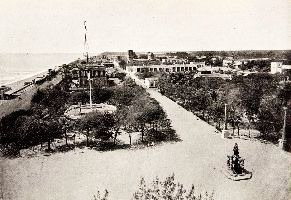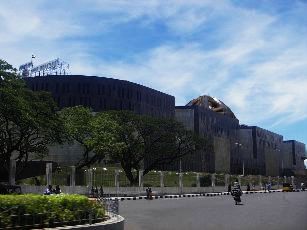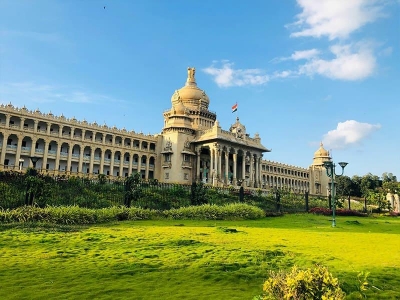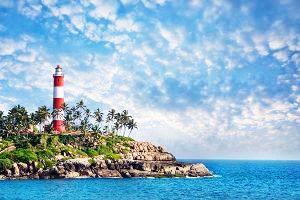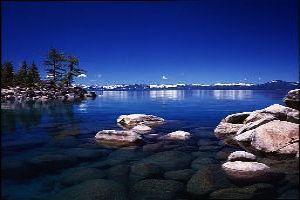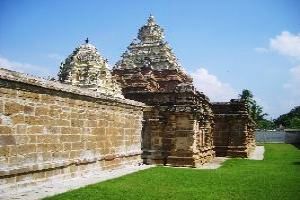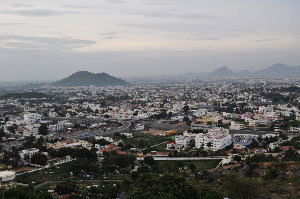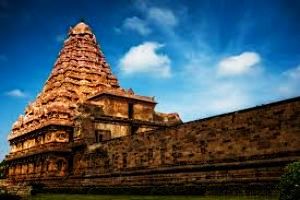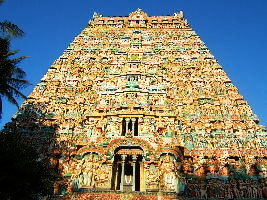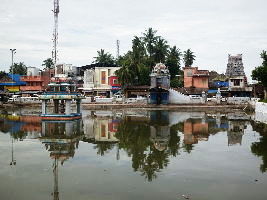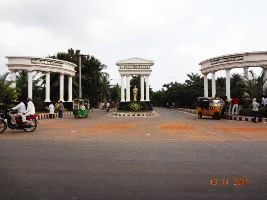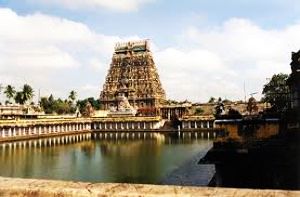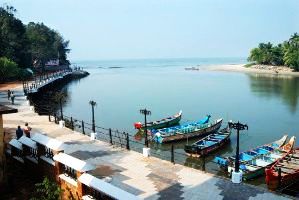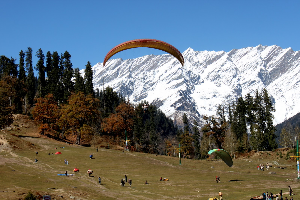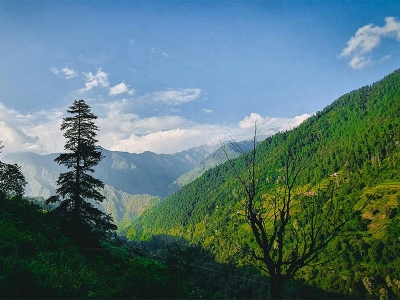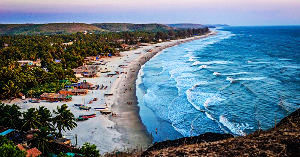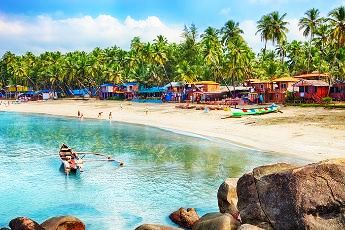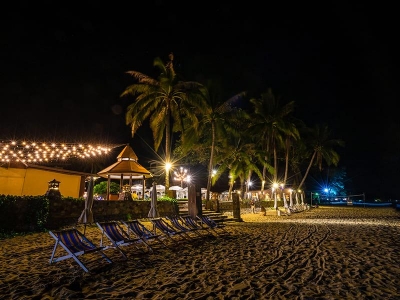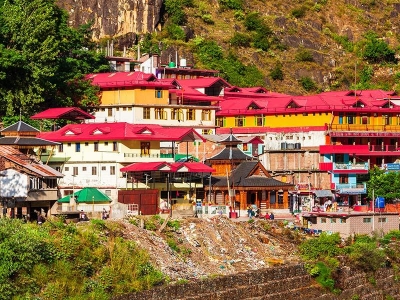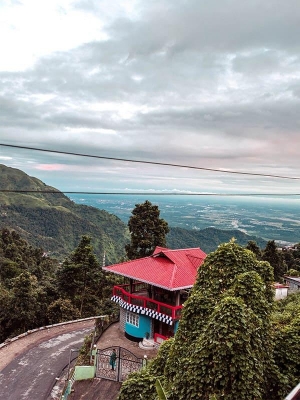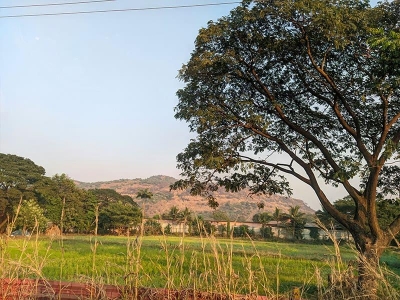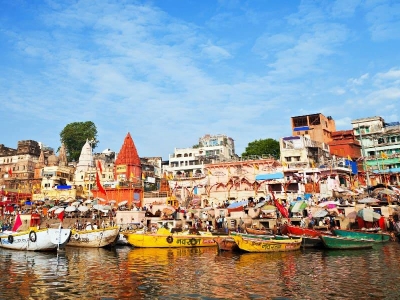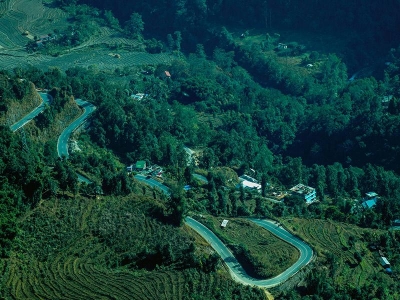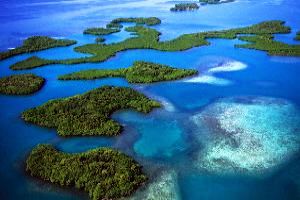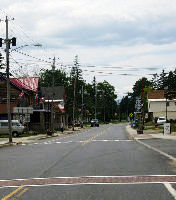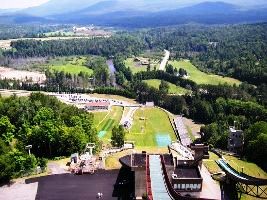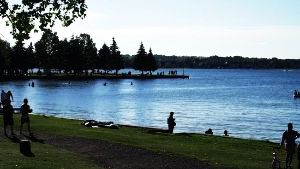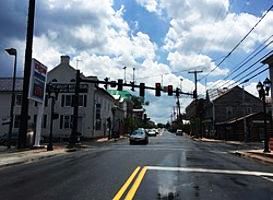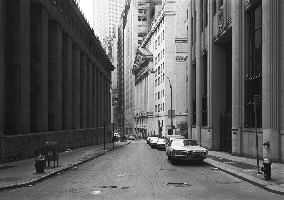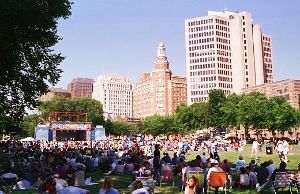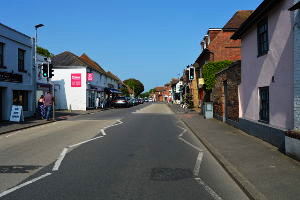Pondicherry
Places to visit in Puducherry
Things to do
Packages
Ideal Days
Best time to visit
Q&As
About Pondicherry
Mediterranean sunny colours. Cobbled streets and boulevards. An evening stroll down a classic promenade. This is the Pondicherry of the French quarter, which merges seamlessly with the fishing villages at its periphery. The all-pervading underlying presence is the ubiquitous spiritual influence of Sri Aurobindo and the ashram that continues to build his legacy. In the distance, the ever-growing global township of Auroville magnifies the aura of this firmly intertwined French and Tamilian coastal town.
The current town of Pondicherry was founded after the coming of the British, Dutch, Portuguese, and French traders from Europe, and still bears their influence. But the nearby villages of Arikamedu, Ariyankuppam, Bahou, Kakayanthoppe, and Villianur, have a history dating back to the Pallava, Chola, Pandya, Vijayanagar and Bijapur empires. In fact, the village of Arikamedu is believed to be the site of the Poduke or Poduca trading port, a favourite destination of the Roman empire in the third century BC. In this way, from time immemorial, the lights of this port town in southern India beckoned travellers from around the world.
By 1674, Pondicherry was the trading centre of the French in India and would retain this place for the next 280 years. But it was the association of the town with the spiritual journey of Sri Aurobindo, which made Pondicherry a global destination for the next century. Among India’s revolutionaries who sought freedom from British rule, Sri Aurobindo would later emerge as one of its foremost contemporary spiritual leaders. He turned to the coastline of Pondicherry during these years of spiritual awakening. There, inspired by the vision of Sri Aurobindo and his spiritual collaborator Mirra Alfassa, who simply came to be known as the mother, the global township of Auroville that drew life from their ideals was born.
WHAT TO SEE
The experienced traveller sometimes skips Pondicherry, hires a bike and heads straight for Auroville instead. But Pondicherry has much to offer visitors as well. However, the town must be explored at a leisurely, relaxed pace, just like the famed Mediterranean spirit it owns. Here are seven ways travellers who have lost their heart to this picturesque coastal town spend their time in Pondicherry.
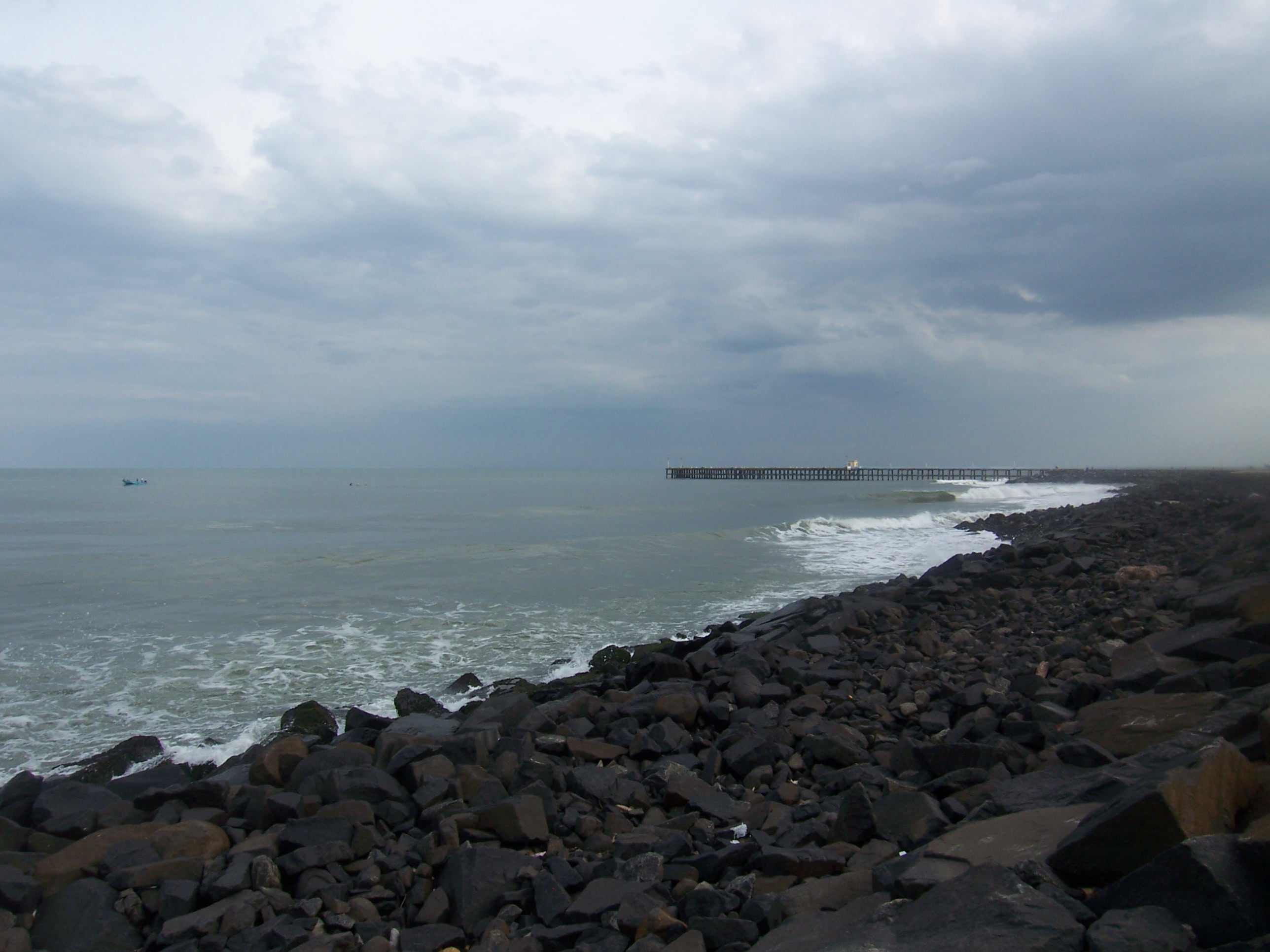
Our Tip: A favourite stop during the day has always been Le Café. During the evening, it gets crowded. But you could still visit the Promenade in the evening to experience a uniquely local flavour.
A morning in the museum: Often overlooked is this wonderful treasure trove of memories, lovingly curated at the old Law Building. The museum is your glimpse into the town’s ancient past and its layered history. A morning here is a glimpse into the hidden Pondicherry and will change how you see this town.
Our Tip: The museum is open on all days, except Monday and national holidays. It closes as early as 5 pm.
The French quarter: When the French ruled Pondicherry, the town was famously divided into the French and Indian quarter. Those old divisions have long since been officially abolished, yet it is the French Quarter and its bright splashes of yellow, which give the town its distinctive Mediterranean flavour. A walk down its cobbled streets is your brush with an alternative history, which is recorded in the annals of time and reflected in the character of this town, comfortable enough with its past to lie in the intersection of many yesterdays.

Sri Aurobindo Ashram: No visit to Pondicherry is complete without a visit to the Sri Aurobindo Ashram. Conversations with believers here are a highlight of any visit to the town, and also a fascinating insight into the philosophy so deeply associated with Pondicherry.
The fishing village of Vaithikuppam: The fishing villages at the periphery of the town are a necessary glimpse into the many colours of this vibrant town. Go early and you will even catch a spectacular east coast sunset.
Our Tip: The fishing village of Vaithikuppam is a wonderful spot to amble through, experience the culture of a fishing village, and experience an unforgettable sunset.
Auroville: Finally, no visit to Pondicherry is complete without your encounter with Auroville. Set up in 1968, as a global village by the Mother, Auroville is an experimental township. Since the time it was carved out of the harsh arid desert landscape, it has been lovingly nurtured into a verdant habitat, which beckons travellers from around the world.
WHAT TO DO
Learning is a big part of what you do at Pondicherry, especially because of its deep roots in the philosophy of the Sri Aurobindo Ashram. One of the best ways to discover Pondicherry and Auroville is to enrol yourself for a course with the community at Auroville. Whether its yoga, music, theatre, or pottery, you will always find teachers of many unusual crafts and skills in this global community.
What to eat: The global township of Auroville has made Pondicherry the place to visit for continental food and wine. But these are also influenced by Indian cuisine and spices, making it a culinary experience that cannot be replicated anywhere in the world. The alternative food choices available at Auroville are also unique.
What to buy: Ceramic art and papier-mâché crafts thrive at Auroville, making Pondicherry a great place to buy pottery. You will find the road to Auroville lined with shops selling these products.
Getting around: Pondicherry is a town best explored on a bike, or if you are fit enough, a bicycle. You will find plenty of shops that hire both. If you plan to get a bike, just make sure you have your driving licence with you. However, you don’t usually need to carry a helmet along, as most shops will provide you with one.
Where to stay: It all depends on the kind of holiday you are planning. If you are looking to be at the heart of the town, the Promenade is the place for you. But if you would just like to unwind, the many resorts off the East Coast road are a better option. But for those seeking an alternative lifestyle, look no further than Auroville. Other interesting spaces are Sri Aurobindo Ashram’s many guesthouses, which draw enlightened travellers from around the world.
The best time to visit: The months between October to March are considered the cooler months, which make these the best times to visit Pondicherry. However, since Pondicherry is also home to a global community, it remains open to visitors throughout the year. Visiting when it's offseason, even if it's hot, is the best time to beat the crowds.
How to get there: The best way to approach Pondicherry is by road. You could either drive or catch a bus to the town. If you don’t have a direct bus route from your city to Pondicherry, it’s best to drive down or catch a bus from Chennai.
Content and photo credit: Christina Daniels.
Pondicherry Rating & Reviews







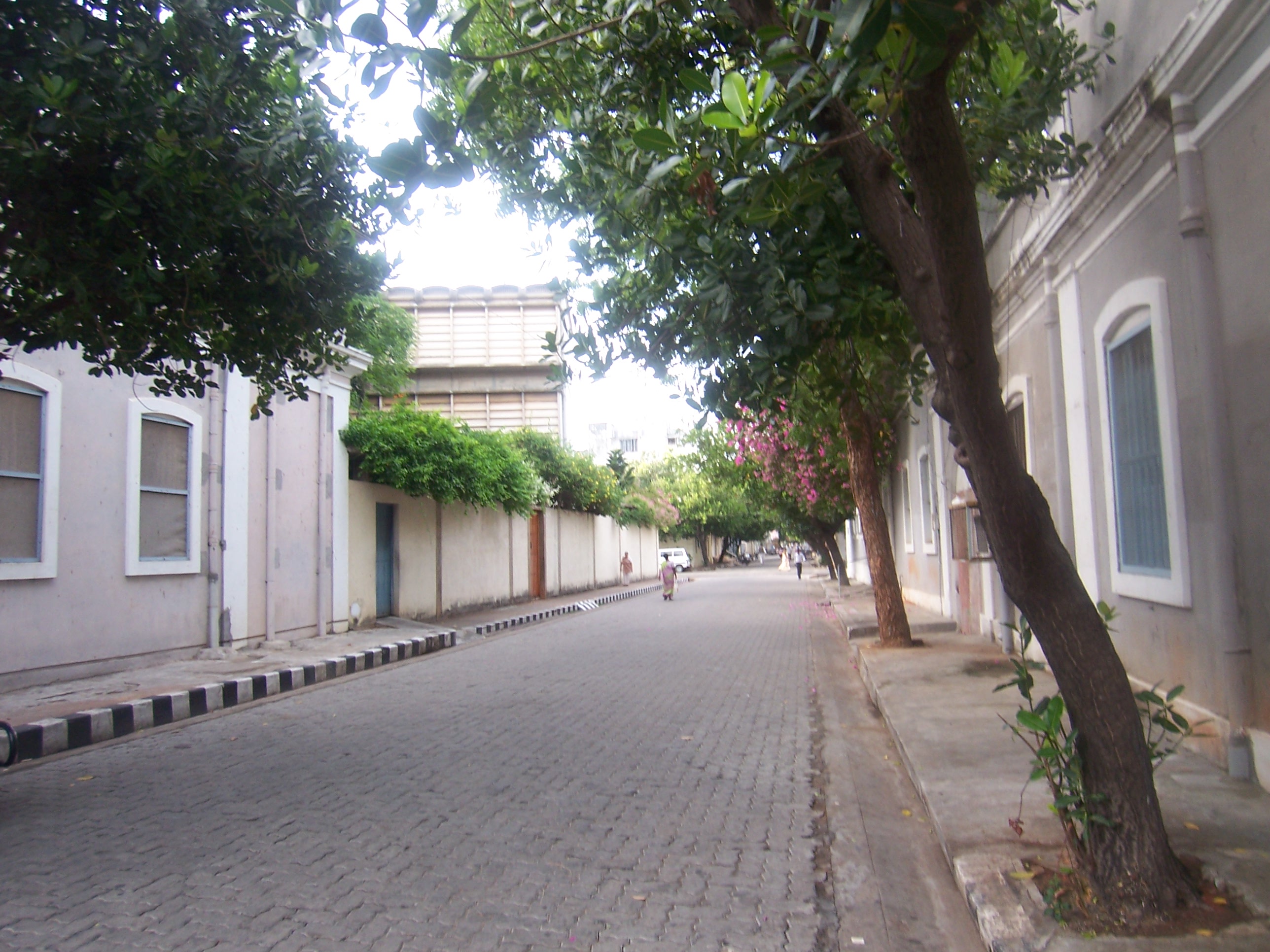

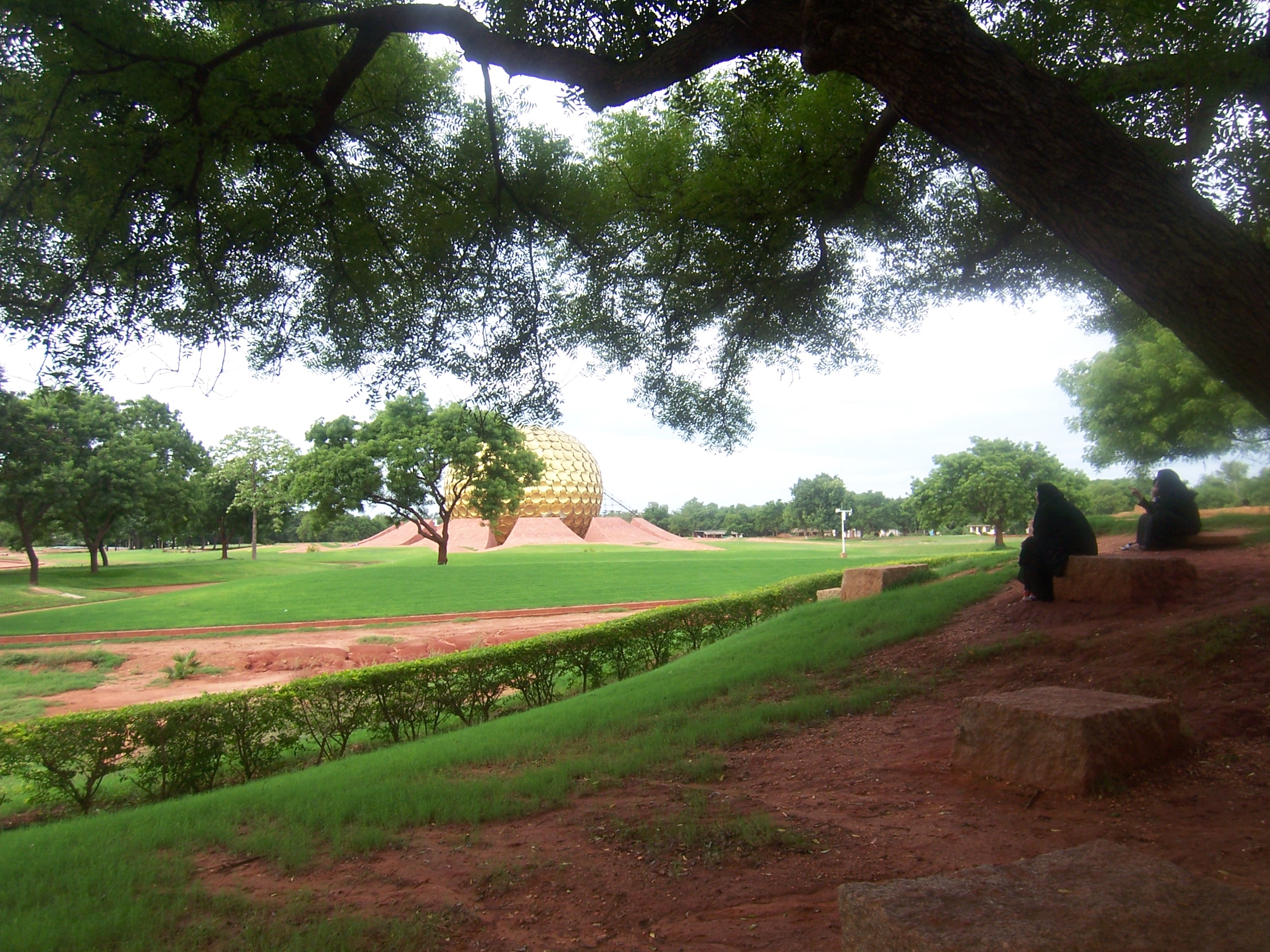
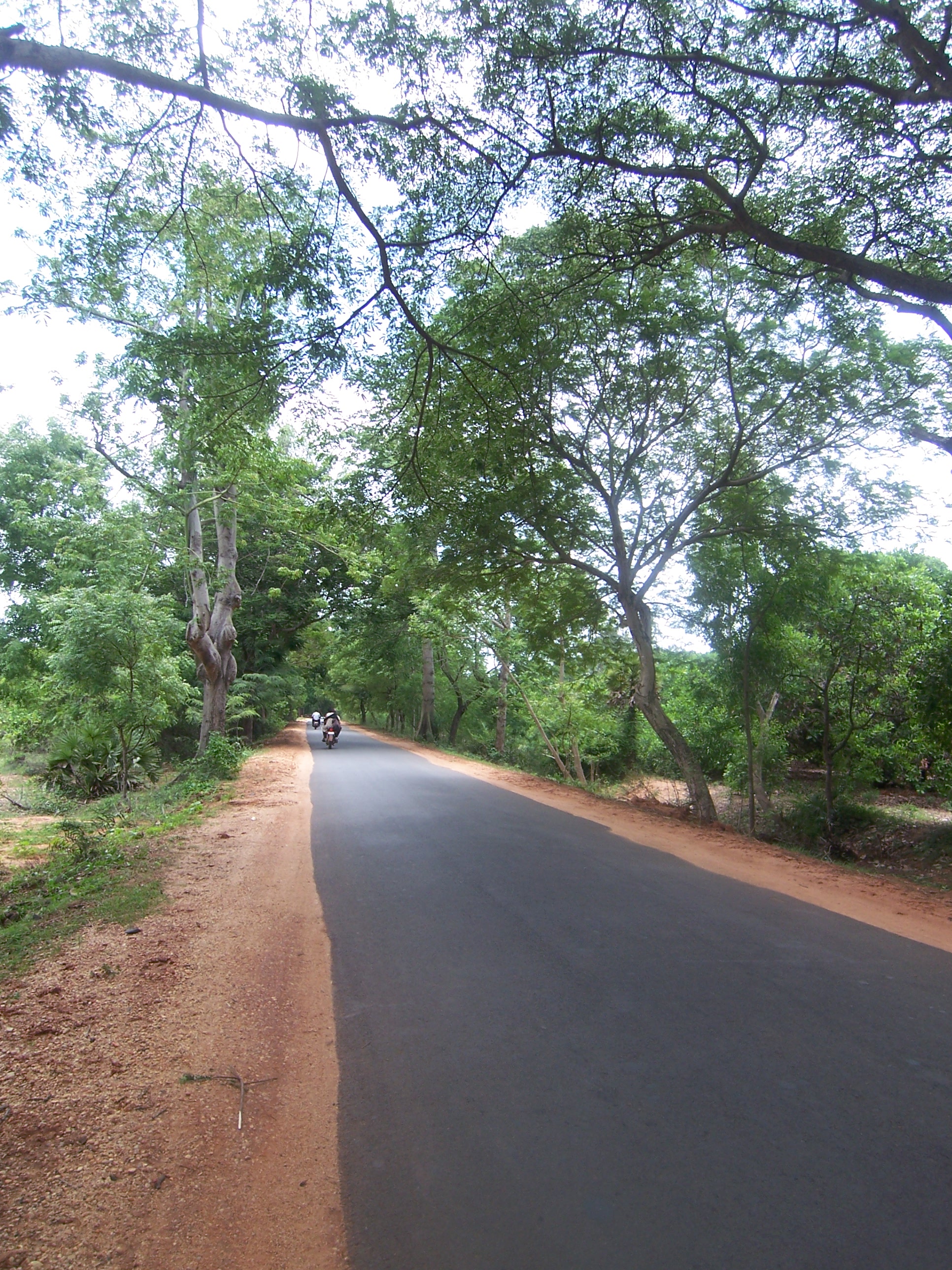




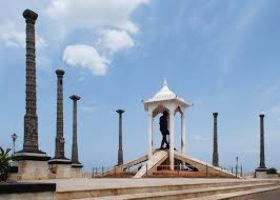

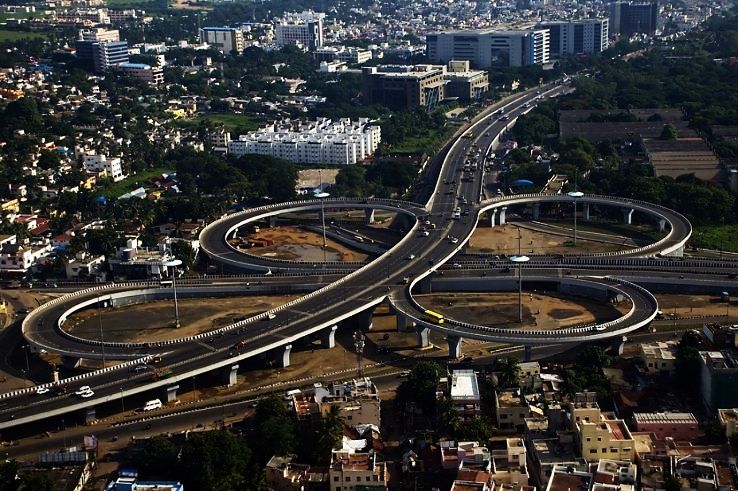

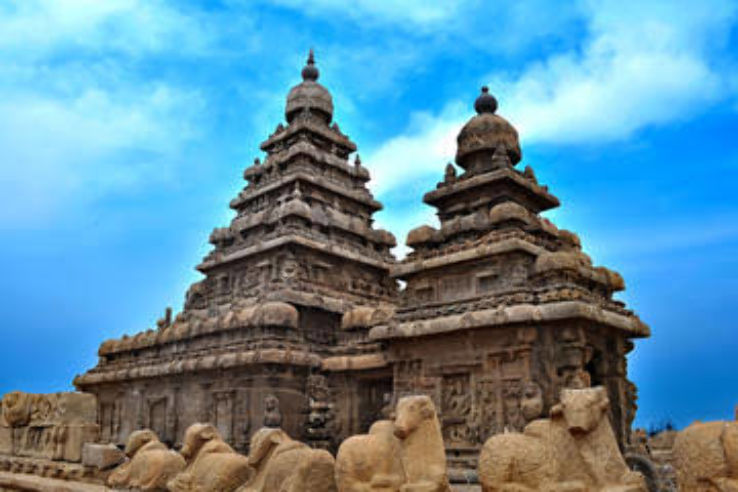

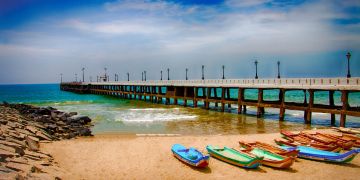
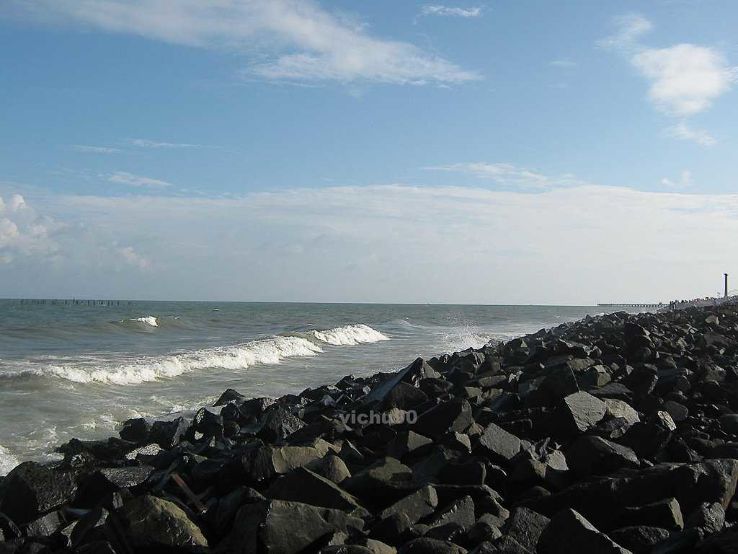
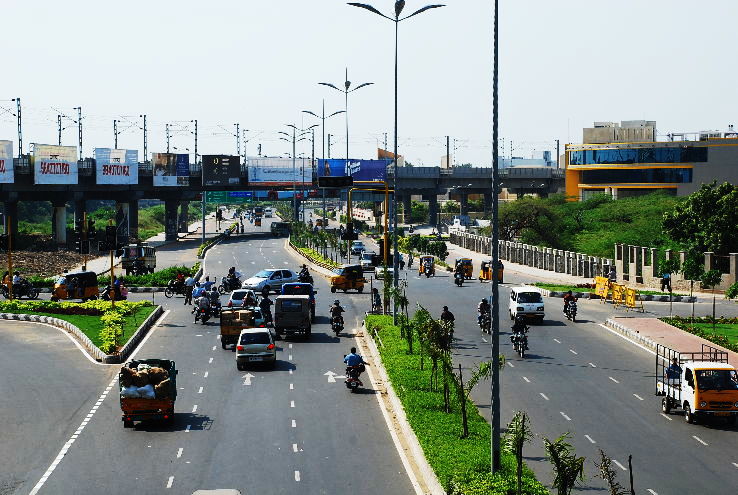
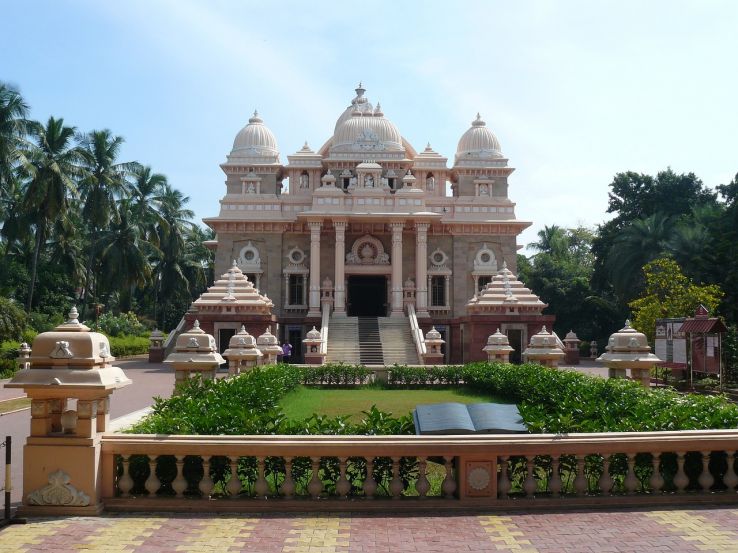

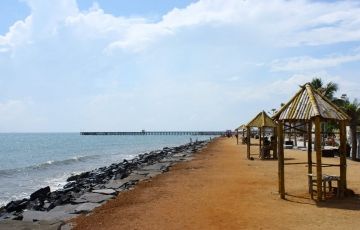

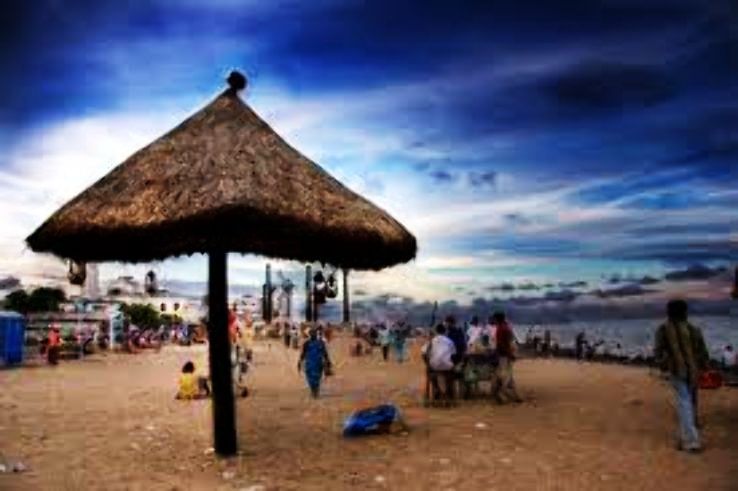
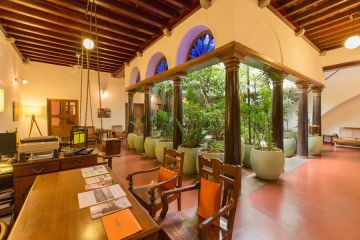
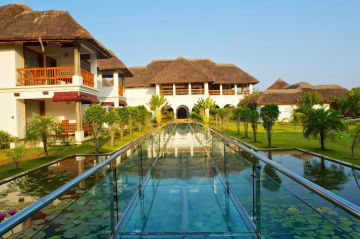

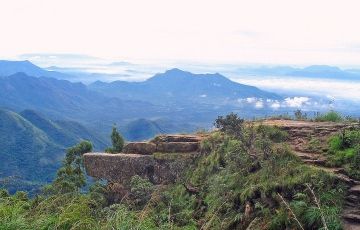
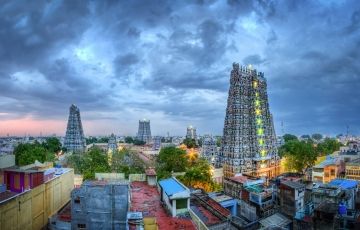
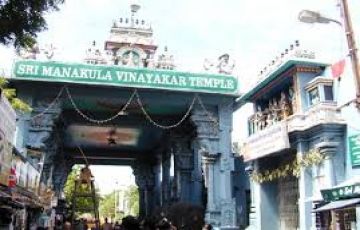

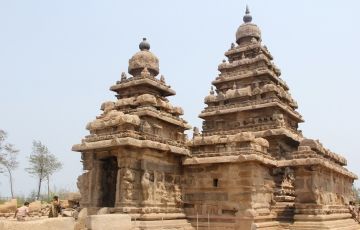
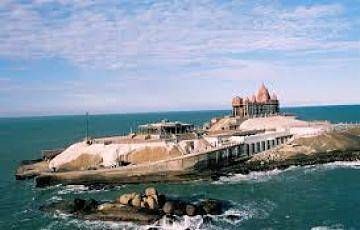
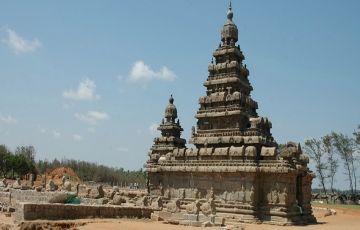
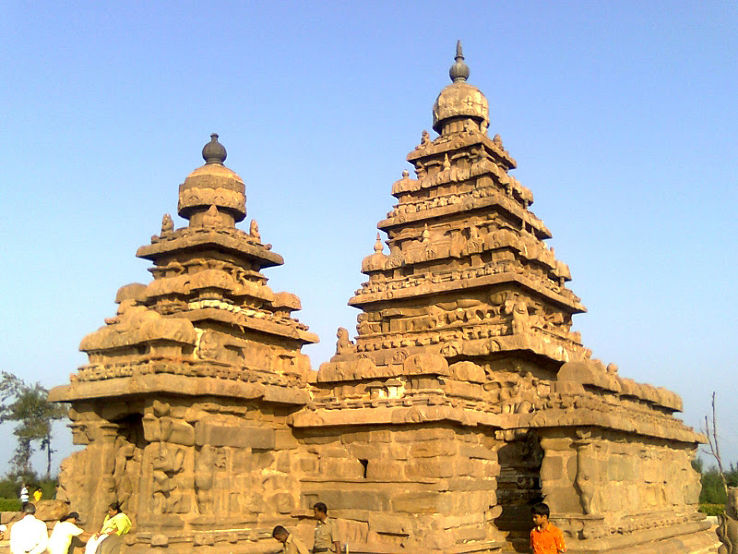

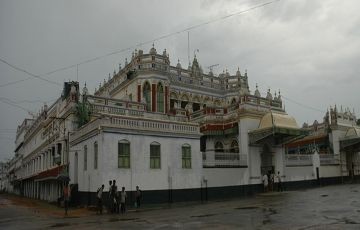
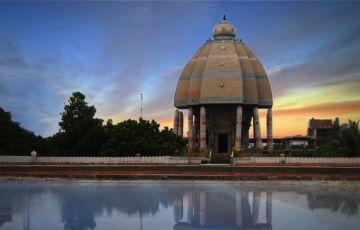
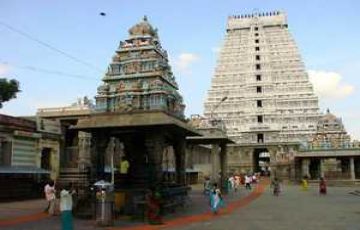
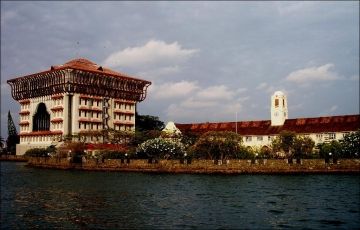
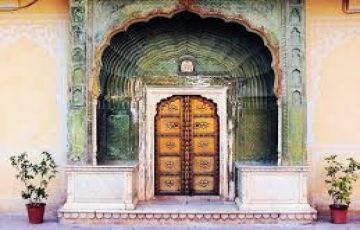

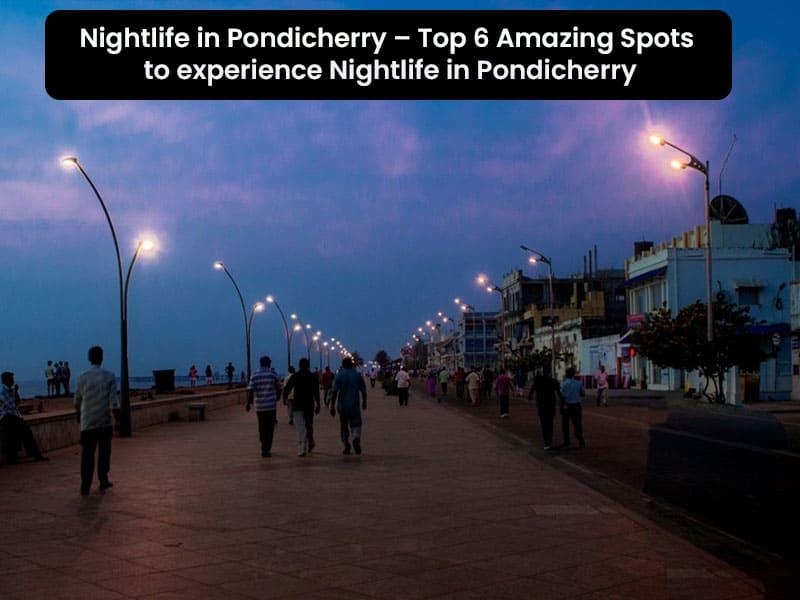

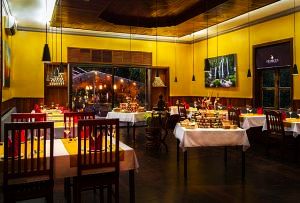
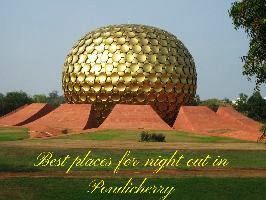
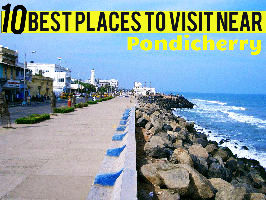

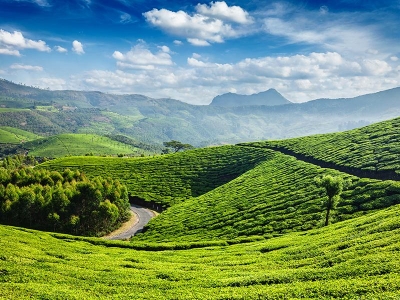
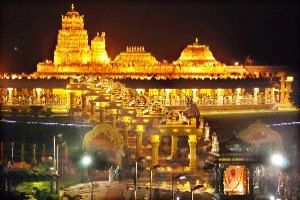
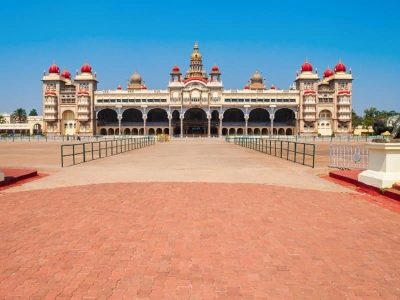
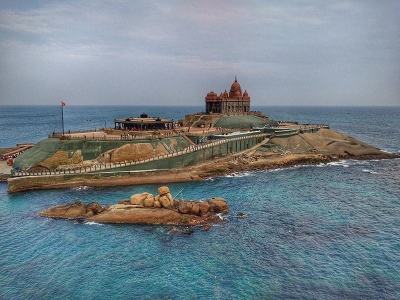
_1509215228m.jpg)


